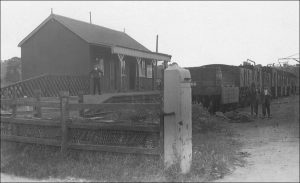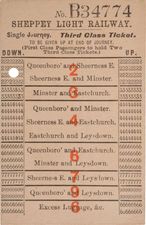
Swale Rail Station History

Here is a collection of images from the past and information about some of our stations. We would like to thank Roy Moore and the Kent Photo Archive, David Andrews, Ian Paterson, Colin Whitbread and Maidstone Museum for granting us permission to use these photos. Thank you also to Middleton Press for giving permission to use images from Branch Lines Around Sheerness.
Sheerness On Sea
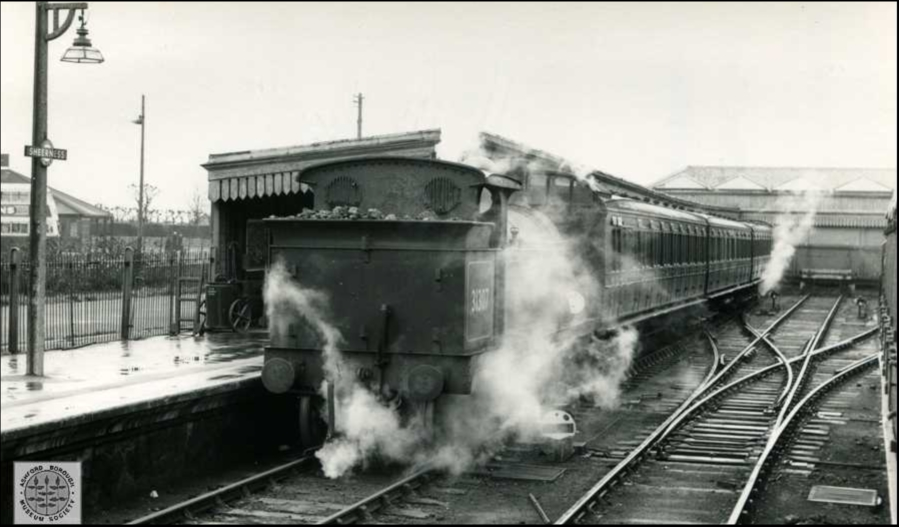
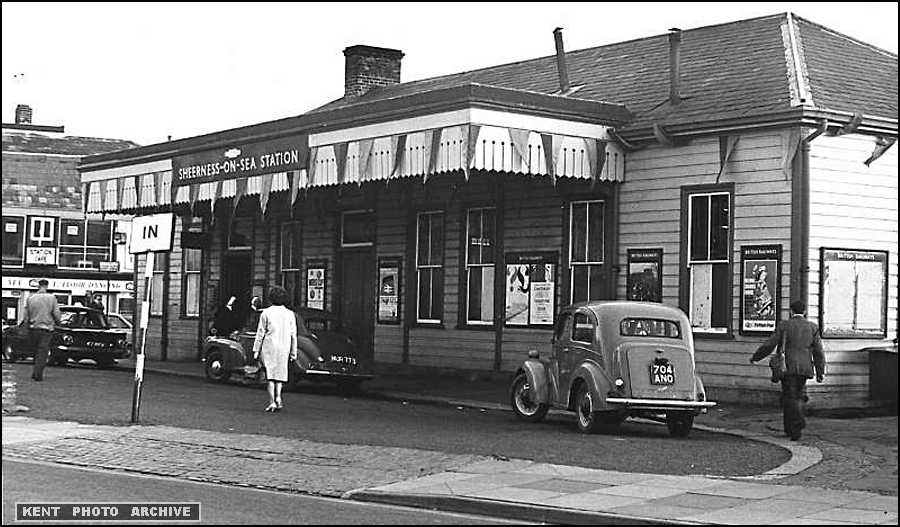
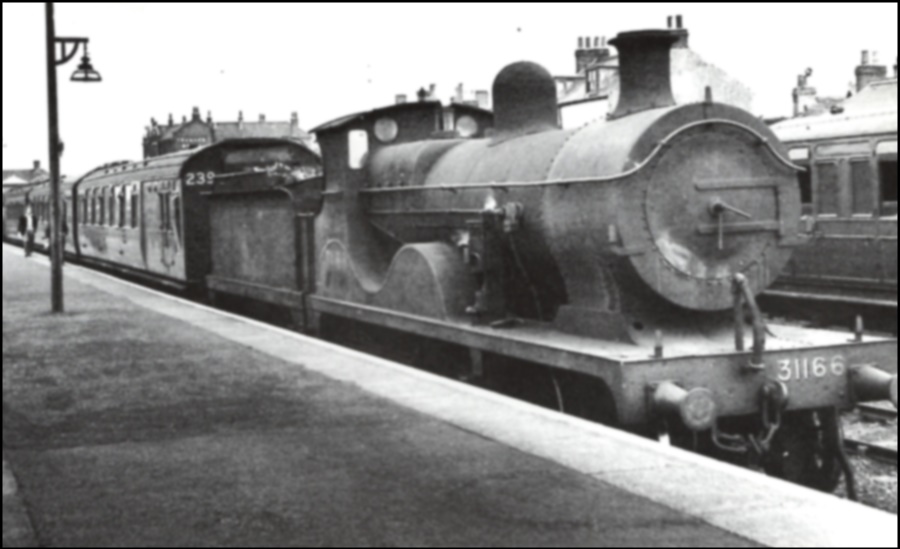
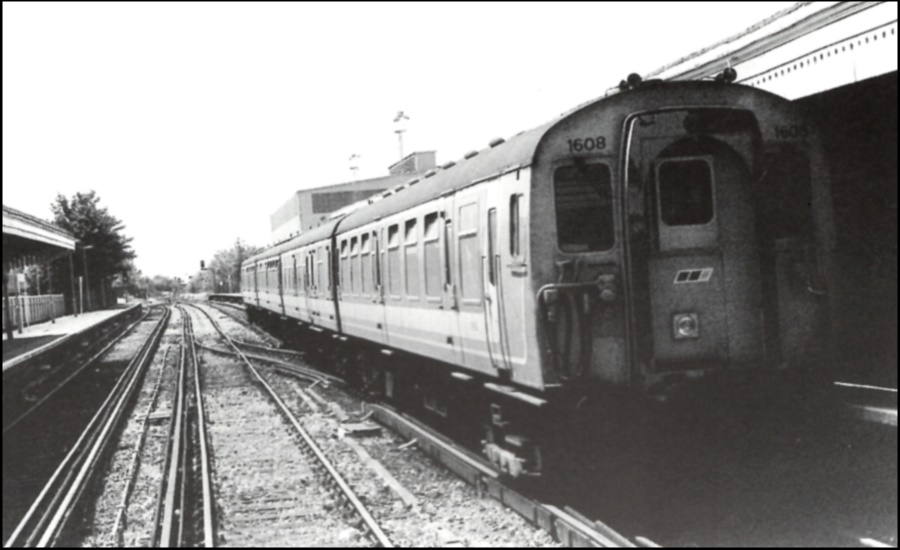
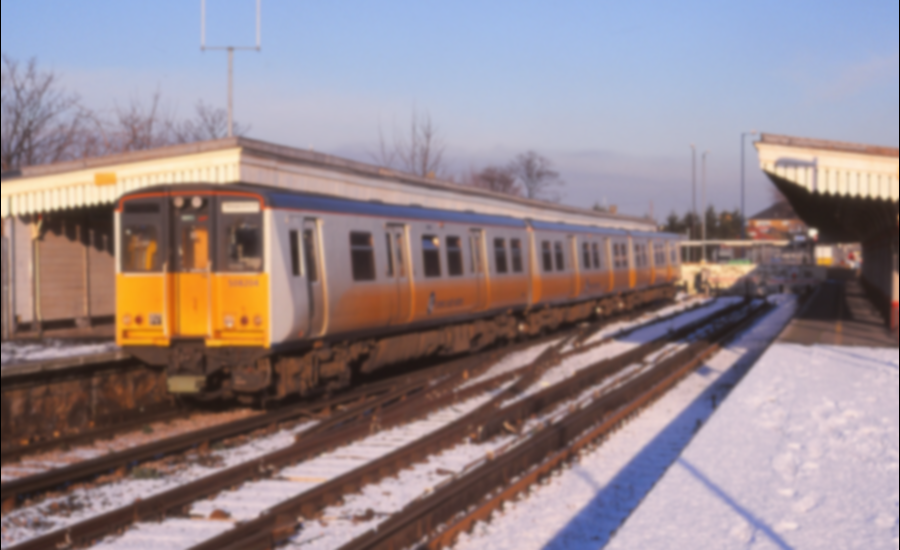
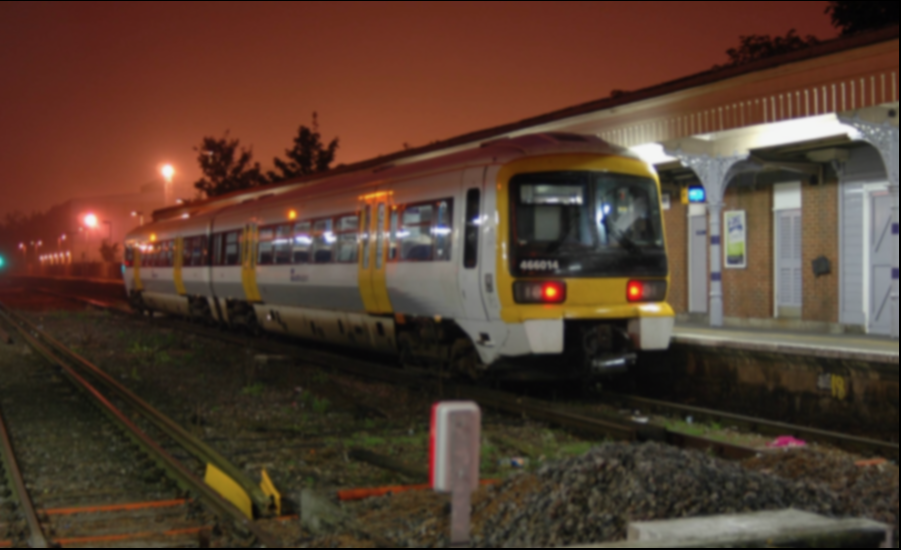
Opened on 31 May 1883, Sheerness on Sea formed one of the stations on the Sittingbourne and Sheerness Railway, which was built to link the Isle of Sheppey to Sittingbourne by crossing the Swale channel. Passengers services were withdrawn 8th November 1914 due to World War one and it wasn’t until 1922 that the service was resumed. In 1956 the line was electrified and the third rail added.
In 1989 direct services to London were abolished and instead it became a shuttle service to and fro Sittingbourne. However, in recent years two peak time services a day direct to London have been reinstated.
Queenborough

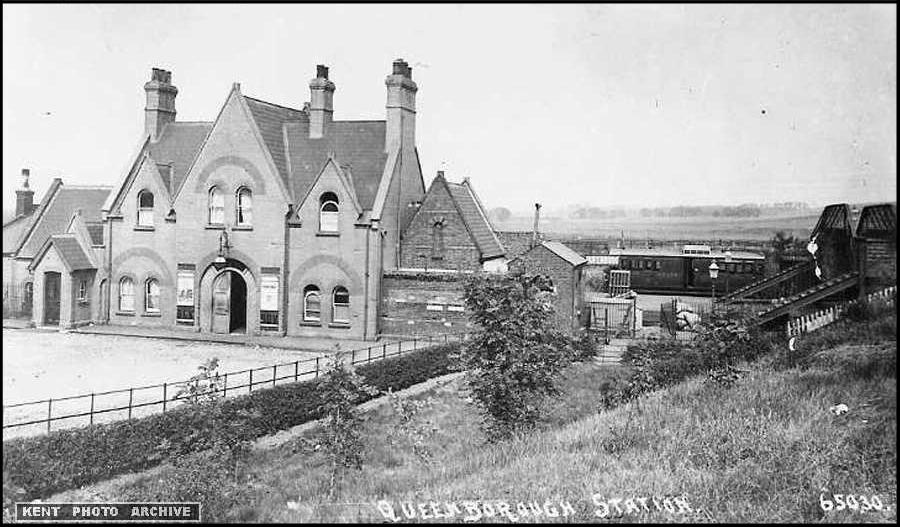

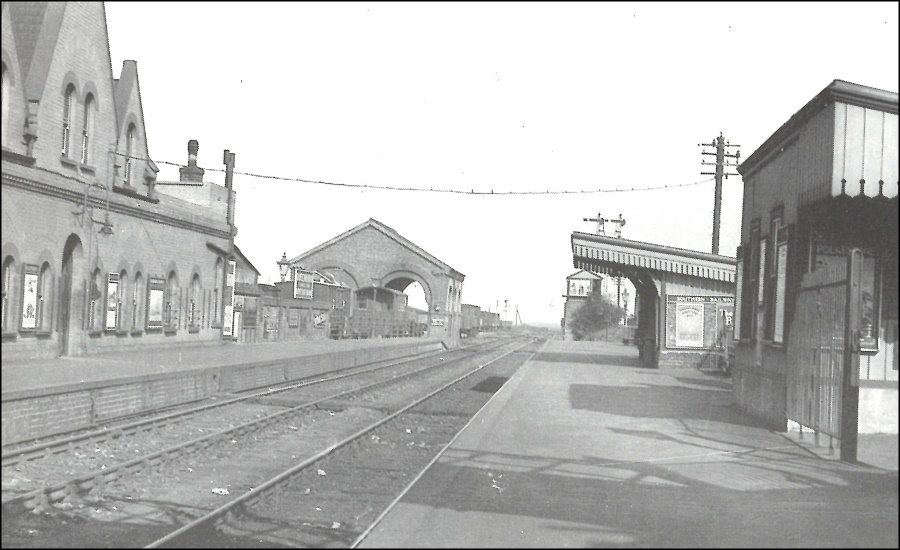
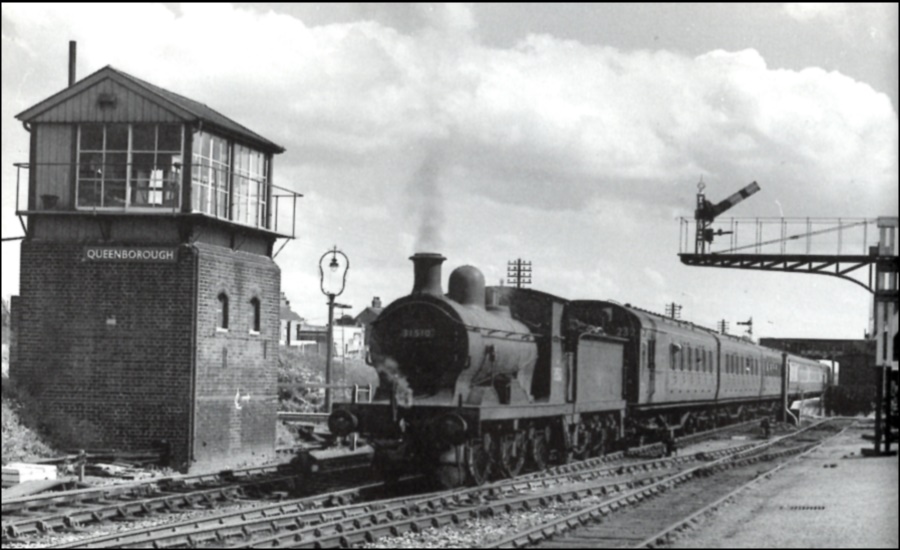
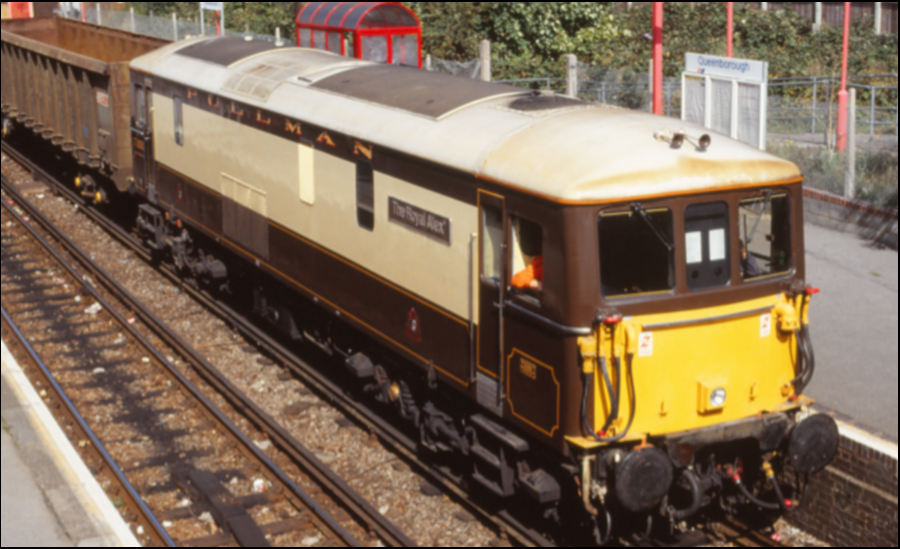
The name Queenborough derives from the wife of King Edward 3rd, Queen Phillipa. On 15th May 1876 , Queenborough became a junction that had a spur taking you to Queenborough Pier. This then allowed for shipping services to transport goods to Flushing in Holland. The pier suffered three disasters, a fire in 1882 and a flood in 1887 and then a second fire in 1900. The pier remained opened until 1956. In 1959 the signal box was decommissioned and a substation built to provide electrical services to the third rail that was subsequently installed. The goods yard at Queenborough Station closed in 1971.
Swale Halt
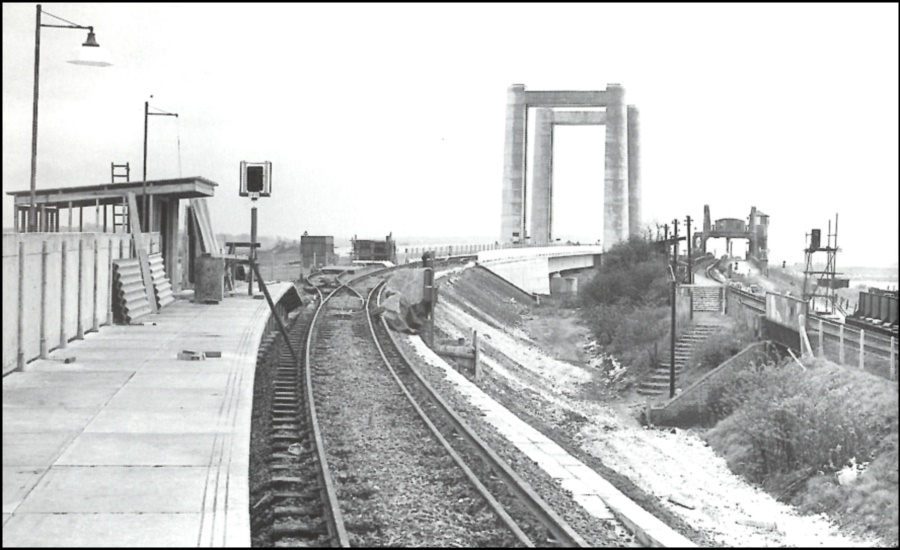
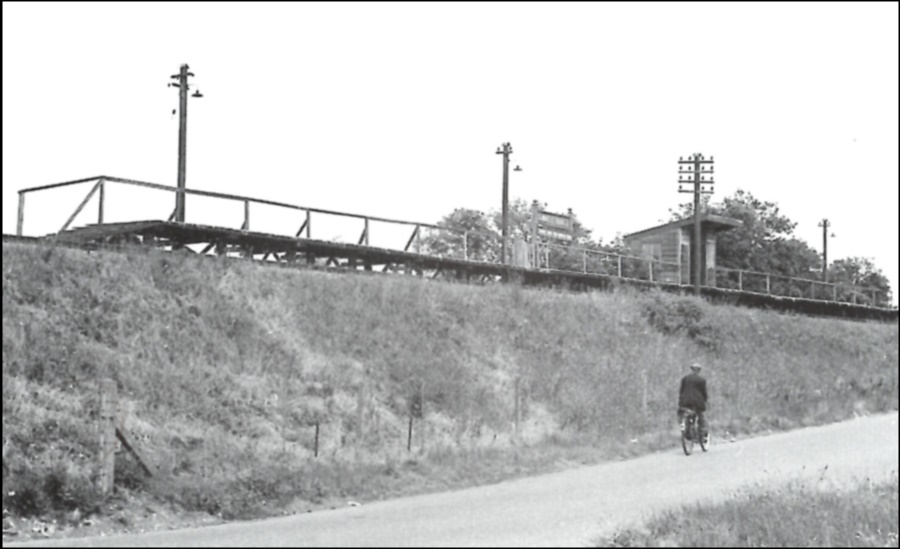
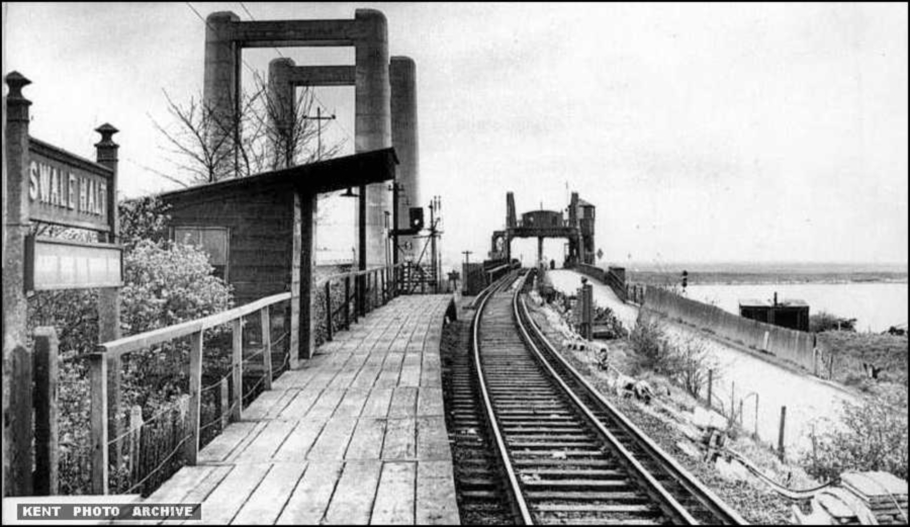
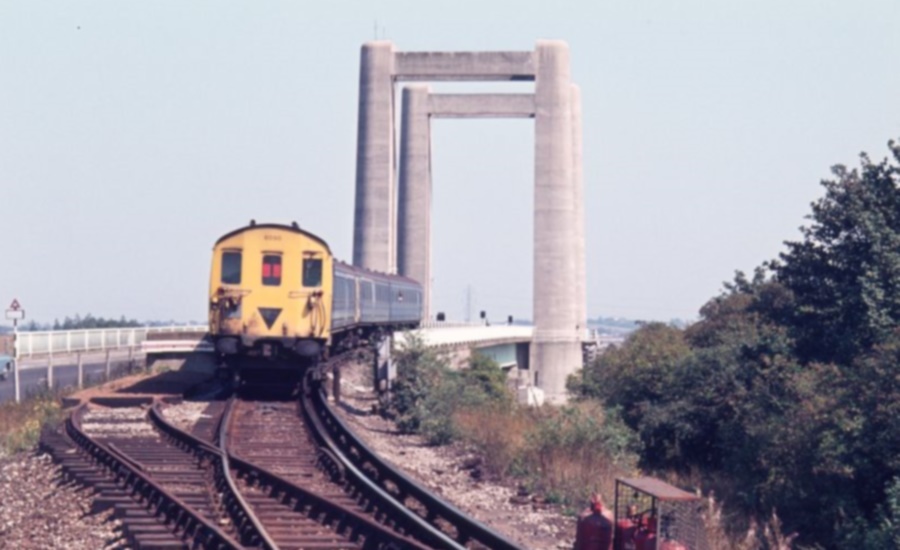
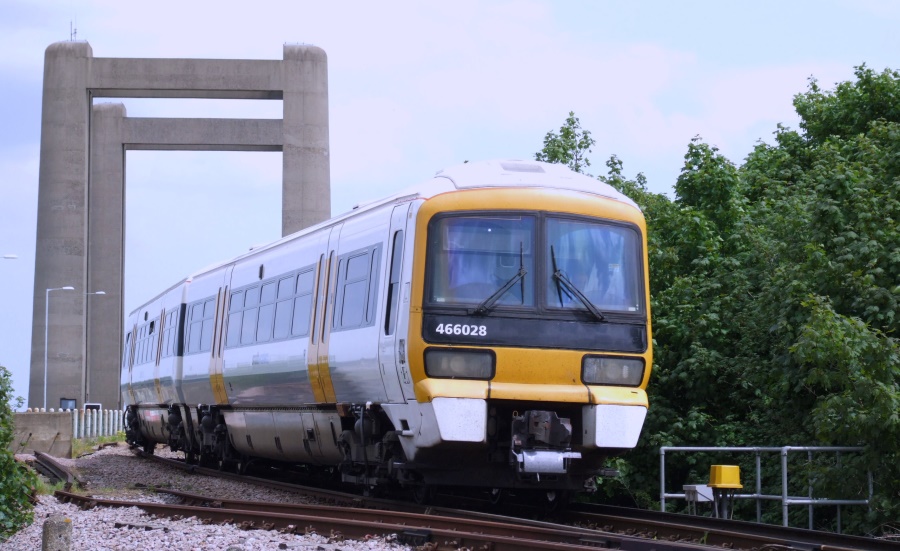
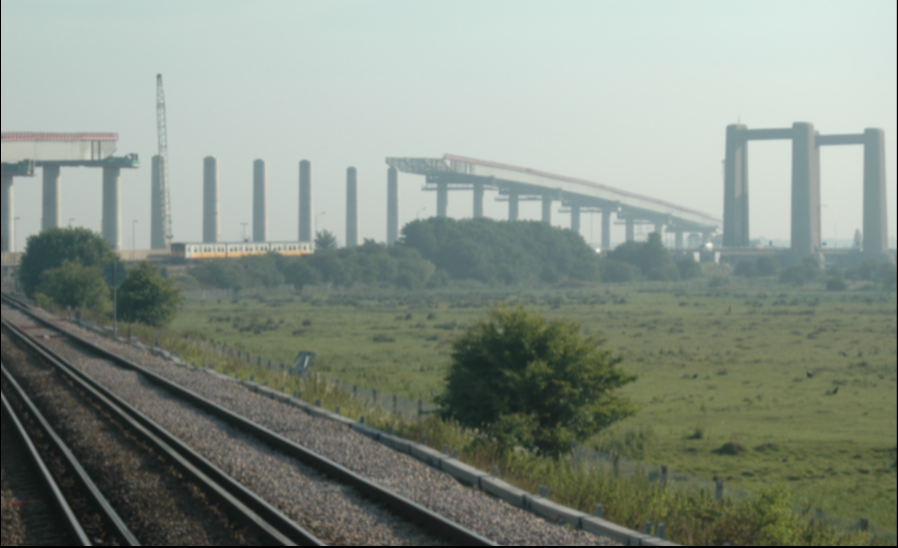
Swale Halt Railway Station sits astride the ancient Saxon Way and borders the River Swale, on its’ south side. Half way between Sittingbourne and Sheerness, it is surrounded by marsh land.
Passengers alighting here, get a very magnificent view of the river and the newly constructed Sheppey Bridge, which leads onto the Isle of Sheppey its self.
The railway track travels on over the old bridge, which rises to allow vessels to travel up and down the river, many of them loading and unloading at the nearby Ridham Docks, (docks that were built to service the paper industry and which were used for loading ammunition during WW1)
Kemsley Station
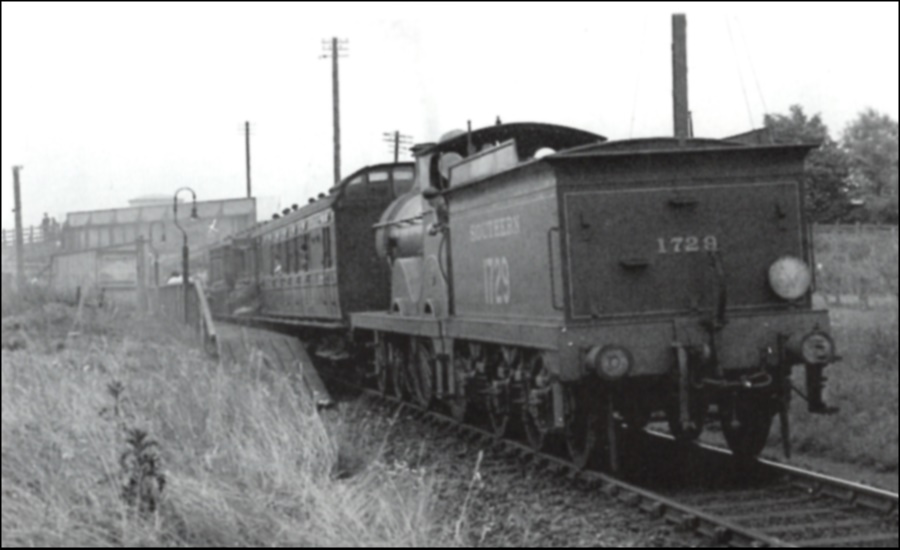
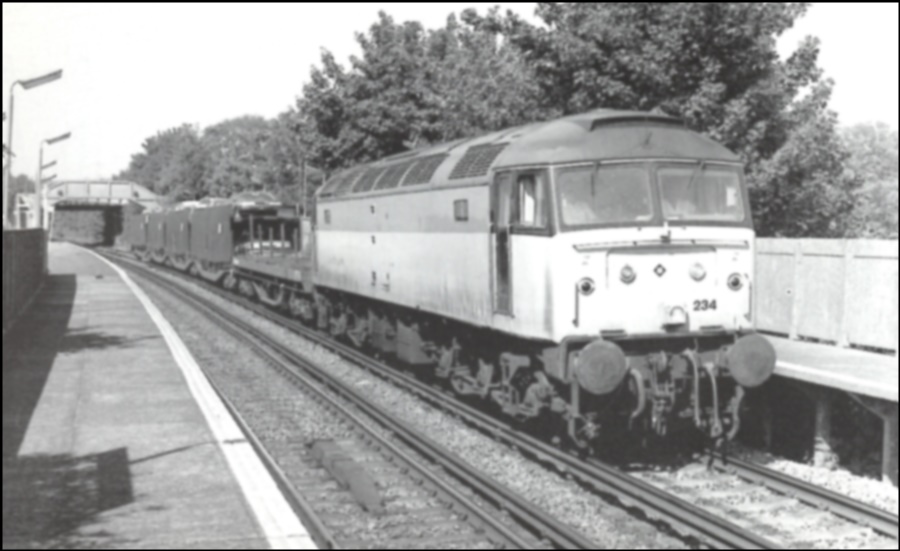
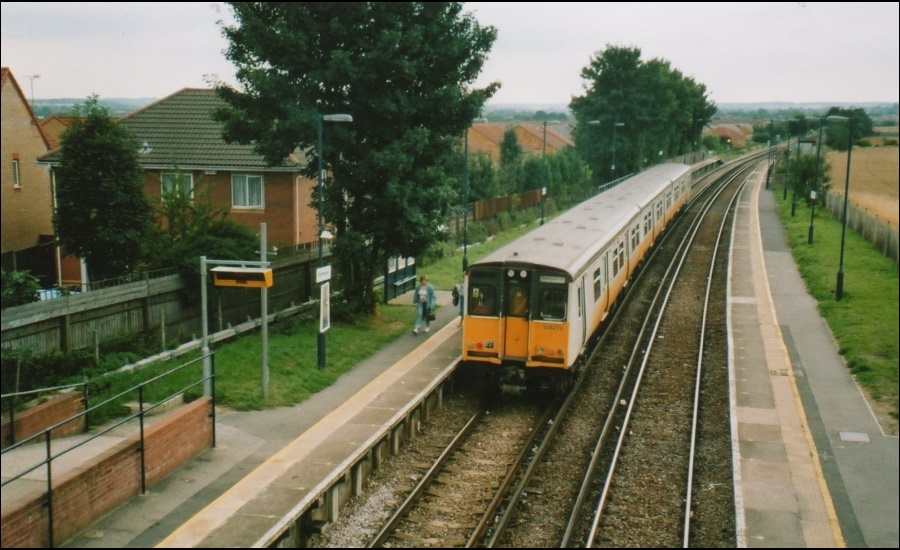
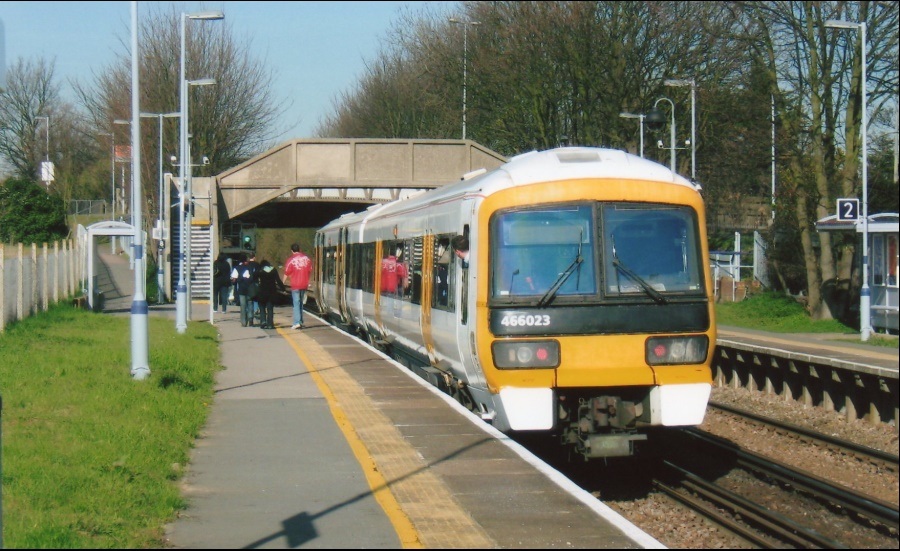
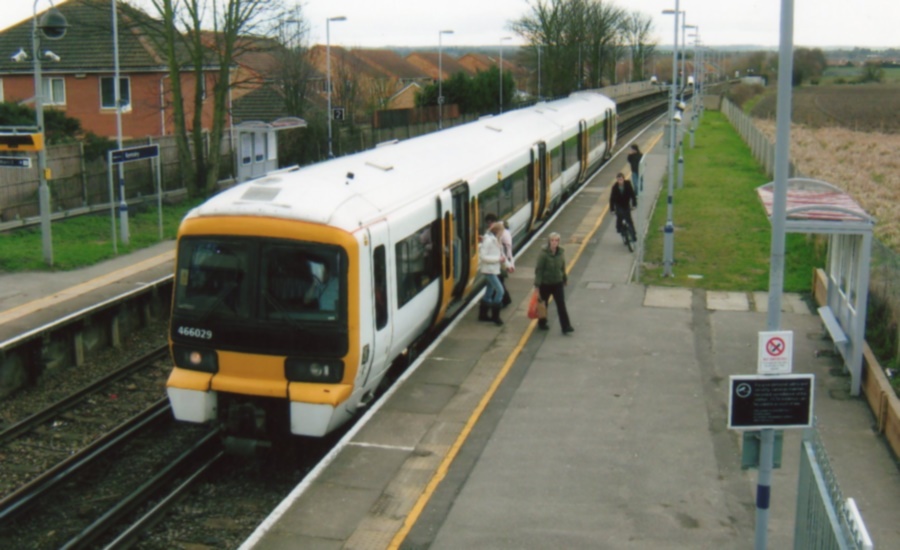
The station opened 7 years after the line was created. In 1927 Southern Railway installed a wooden platform, known as Kemsley Halt. This was mainly to serve workers at the Kemsley Paper Mill, which at the time was the largest in Europe. By 1956 the mill produced over 900 tons of paper a day. In 1938 a foot track crossing was built. A ticket office also existed at Kemsley. In 1958 development work took place and a second line was added and the tracks were electrified. The platform was extended and a concrete footbridge erected, which still stands there today. Long gone however is the ticket office.
Sittingbourne Station
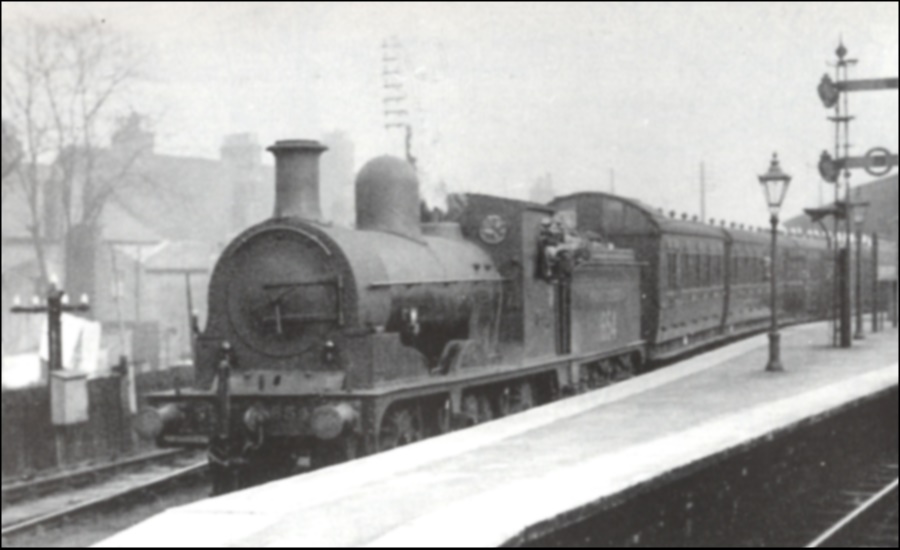
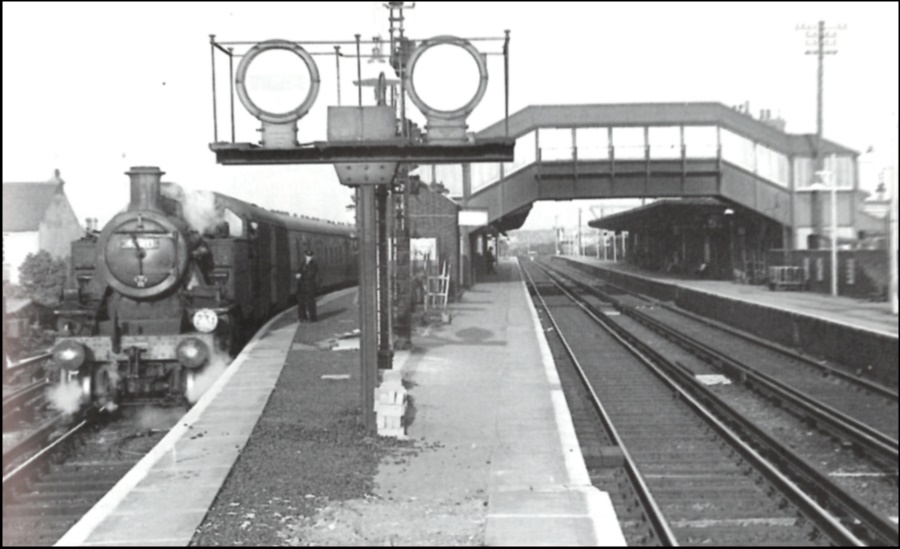
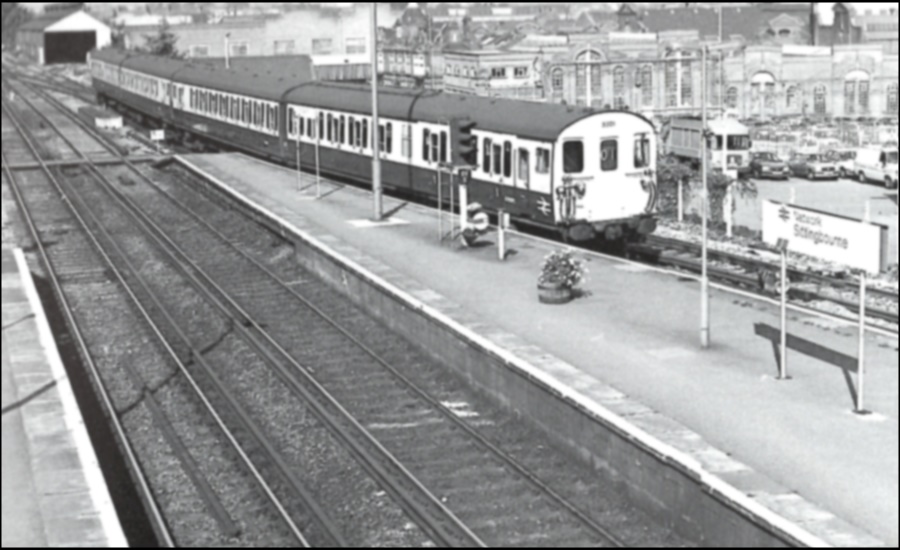
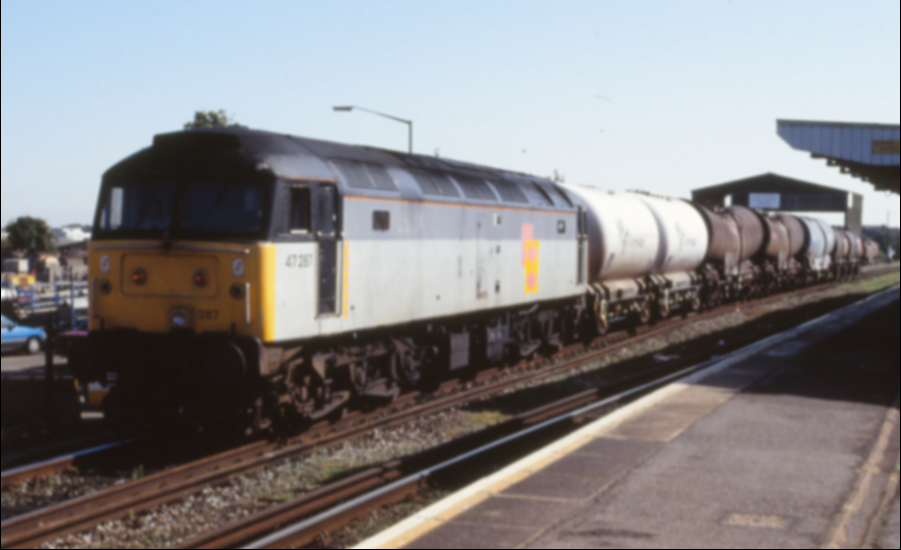
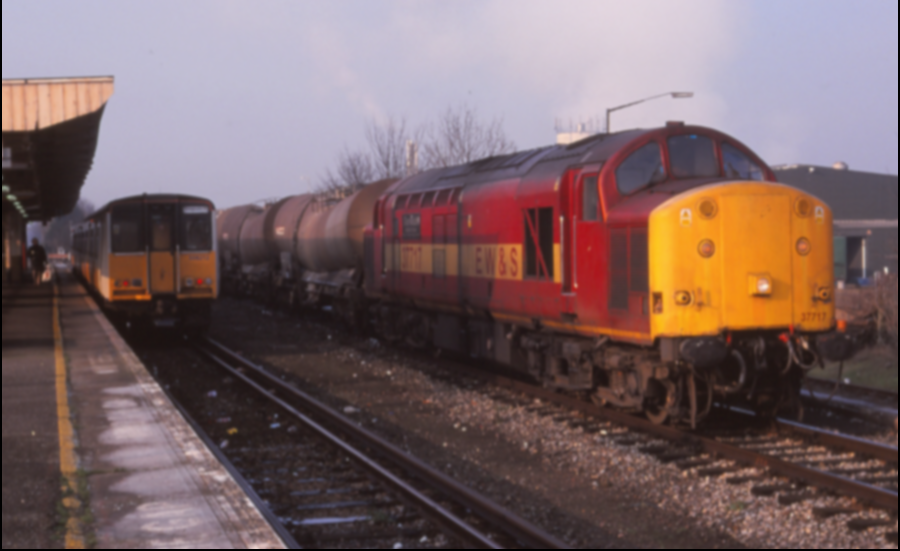
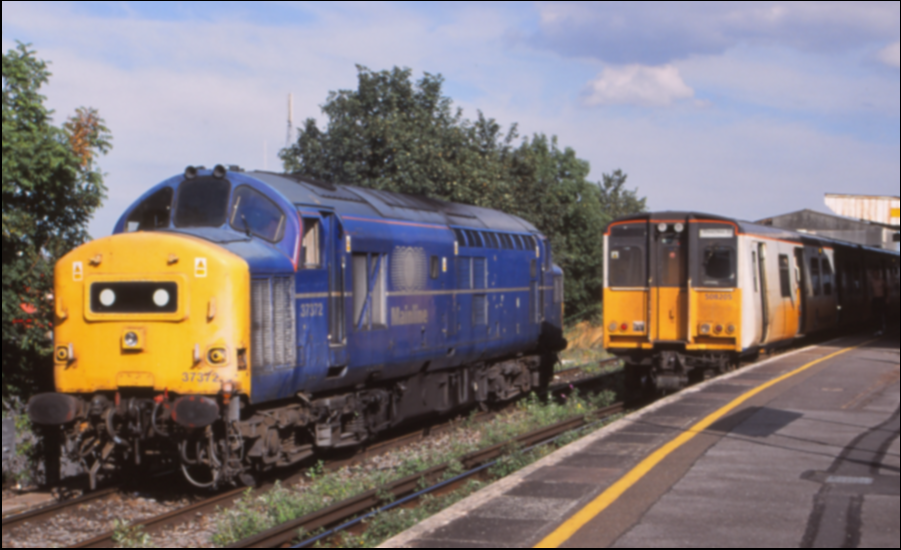
In 1853 it was decided that there was a need for an East Kent Railway. On 25th January 1858, Sittingbourne Station opened joining the towns of Faversham to Chatham. A horse and cart service then linked Chatham to Strood to connect to London. In 1860 it then became the branch station to link Sittingbourne to Queenborough and Sheerness on Sea. Also in December 1860 a through service from Victoria to Canterbury began. In 1899 a footbridge was erected. In 1923 it was known as Sittingbourne and Milton Regis before just becoming Sittingbourne in 1970.
The Sheppey Light Railway
Although no longer active, here are a few photos from the Sheerness Light Railway. Thank you to Martin and Rosemary Hawkins and the Aviation Museum at Eastchurch for giving us permission to use these photos.
The Sheppey Light Railway opened to the public in August 1901. The stations were at Queenborough, Sheerness East. Minster East, Minster -On-Sea, Eastchurch and Leysdown. Queenborough Pier also connected to the Chatham and South Eastern Railway. From here the steam packet left twice a day and headed to Flushing in Holland.
The engineer appointed to bring forward the Sheppey Light Railway, was called Holman. F. Stephens, (later to become Colonel Stephens) Stephens had been engineer to the Rother Valley Railway and subsequently became involved with a number of other light railways across the country. The contractor to build the railway was called William Rigby. Today there is a road named after William Rigby, near to where the station at Halfway once stood, and at Tenterden, there is a small museum to Colonel Stephens, who was also responsible for the building of the Kent and East Sussex Railway, now a popular tourist attraction.
Apart from carrying farm goods, local residents and tourists, the line was to become important in the development of early aviation in this country. In 1909, the Royal Aero Club set up their flying grounds at Leysdown and the Short Brothers based their factory at Shell Beach. Not long after, the whole operation moved up hill to Eastchurch. This site was just south of Eastchurch Station and in 1911 the Royal Naval Aviation School was established on part of the Aero Club’s grounds. Many famous aviators took their first flights from the island. One of the most well- known persons to learn to fly at Eastchurch, was Winston Churchill, much to the dismay of his wife. During WW1, a special siding was built from Eastchurch Station leading directly into the aerodrome.
In September 1917, the line was out of action all day when a bomb fell on the track near to Sheerness East Station. When the railway line was first conceived, there had been ambitious plans to develop a tourism industry on the island. There would be a hotel at Leysdown and camping site provisions. There was to be a 7000 foot long pier built at Minster so that pleasure steamers from London could call in on their way to Margate. Perhaps the First World War dampened enthusiasm for the schemes. One thing is for sure, the rise of the motor car in the inter war years, put paid to many such expansion schemes.
The railway carried on through WW2, but by 1950, it was clear that even the farmers were using the roads to transport their goods. The railway was becoming uneconomical .The Shorts Brothers had moved their manufacturing unit to Rochester and holiday makers were arriving on the island by coaches. The railway closed on 4th December 1950, much to the distress of local islanders and holiday makers alike. There are still folk today, with fond memories of the Sheppey Light Railway.
Nowadays there are only two railway stations on the island and all parts of the island are no longer easily accessible, at least not by train. Neither is there a passenger service to the continent.
History written by Linda Brinklow
![]()
